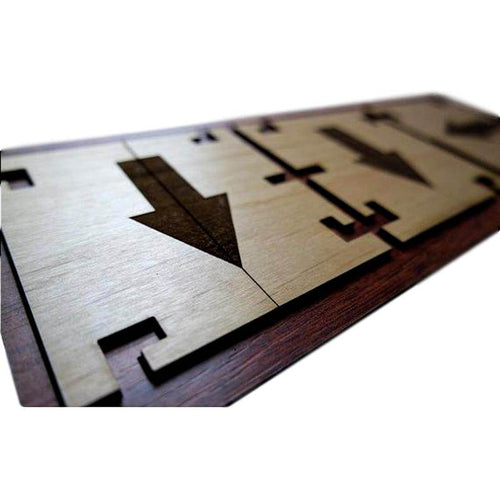The Art of Puzzle Design: Creating Engaging Challenges for Escape Rooms
Designing challenging puzzles is a crucial aspect of creating an immersive and engaging escape room experience. A well-crafted puzzle can captivate participants, test their problem-solving skills, and provide a sense of accomplishment upon completion.
Let's delve into the art of puzzle design for escape rooms, providing valuable insights and practical tips to help you create puzzles that are both challenging and enjoyable for your players.
From brainstorming creative concepts to balancing difficulty levels, read on to discover the key principles and techniques that will elevate the puzzle design in your escape room.
Understand Your Audience:
The first step in designing challenging puzzles is to understand your target audience. Consider the demographics, interests, and skill levels of your participants. Are they experienced escape room enthusiasts or beginners? Tailor the puzzle complexity accordingly to ensure an appropriate level of challenge and engagement.
Brainstorm Unique Concepts:
Unleash your creativity by brainstorming unique puzzle concepts that align with your escape room's theme and narrative.
Think outside the box and explore unconventional ideas that will surprise and intrigue your players. Incorporate elements such as riddles, codes, hidden objects, logic puzzles, and physical challenges to provide variety and keep participants on their toes.
Establish Clear Objectives:
Every puzzle should have a clear objective or goal. Determine what players need to achieve to progress in the game. It could be finding a key, decoding a message, or solving a series of interconnected puzzles. Clearly define the puzzle's objective to avoid confusion and ensure a logical progression within the escape room.
Test and Refine:
Testing is crucial in puzzle design. Prototype your puzzles and invite play-testers to provide feedback.
Observe their experience, note areas of confusion or frustration, and make necessary adjustments to improve clarity, flow, and difficulty. Iterate and refine your puzzles until you strike the right balance between challenge and solvability.
Incorporate Teamwork:
Escape rooms thrive on teamwork. Design puzzles that require collaboration and communication among participants. Create tasks that demand the pooling of knowledge, skills, and perspectives. Encourage players to share information, delegate responsibilities, and work together towards a common goal.
Provide Clues and Feedback:
While challenging puzzles are essential, it's crucial to provide players with subtle hints and feedback when they get stuck.
Clues can be integrated into the game environment or offered as optional hints. Strike a balance between challenge and player progress to ensure a satisfying and enjoyable experience.
Designing challenging puzzles for escape rooms is an art that requires a combination of creativity, logical thinking, and an understanding of player psychology.
By considering your audience, brainstorming unique concepts, establishing clear objectives, incorporating multiple layers, testing and refining, fostering teamwork, and providing clues and feedback, you can create immersive and challenging puzzle experiences that will keep participants engaged and craving more.
Remember, the key to successful puzzle design is finding the right balance between difficulty and enjoyment. Continuously seek player feedback and iterate on your designs to create an unforgettable escape room experience that leaves players excited to take on the challenge.
With these valuable insights and strategies, you are now equipped to embark on the journey of designing challenging puzzles that will thrill and captivate participants in your escape room.


0 comments